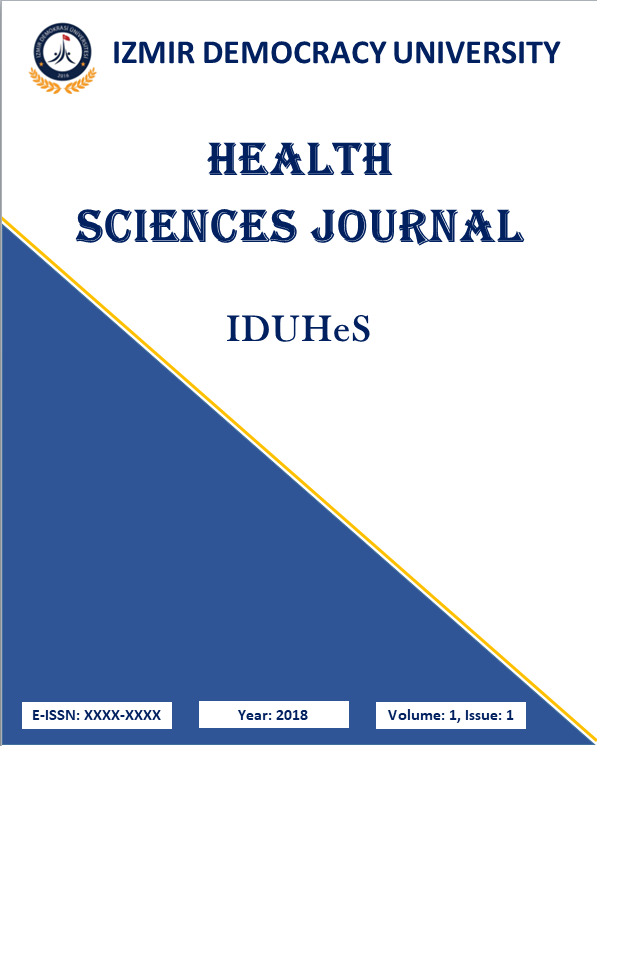Non-metastatic Squamous Cell Lung Carcinoma: A rare case report
Squamous Cell Carcinoma, Lung Cancer, PATHOL, Metastasis
Non-metastatic Squamous Cell Lung Carcinoma: A rare case report
Squamonos cell carcinoma, Lung cancer, Pathol, metastasis,
___
- Referans1. Brambilla E, Travis WD. Lung cancer. In: World Cancer Report, Stewart BW, Wild CP (Eds), World Health Organization, Lyon 2014.
- Referans2. World Health Organization. Fact sheets: Cancer. Access date: 18 June 2018. Place of access: http://www.who.int/news-room/fact-sheets/detail/cancer.
- Referans3. American cancer society, Lung cancer survival rates. Access date: 29 January 2021. Place of access: https://www.cancer.org.
- Referans4. Rapp E, Pater JL, Willan A, Cormier Y, Murray N, Evans WK, et al: Chemotherapy can prolong survival in patients with advanced non-small-cell lung cancer--report of a Canadian multicenter randomized trial. J Clin Oncol 1988; 6(4):633-641.
- Referans5. Langer CJ, Besse B, Gualberto A, Brambilla E, Soria JC. The evolving role of histology in the management of advanced non-small-cell lung cancer. J Clin Oncol 2010; 28:5311–320.
- Referans6. Matthews MJ, Kanhouwa S, Pickren J, Robinette D. Frequency of residual and metastatic tumor in patients undergoing curative surgical resection for lung cancer. Cancer Chemother Rep 3 1973; 4:63–67.
- Referans7. Quint LE, Tummala S, Brisson LJ, Francis IR, Krupnick AS, Kazerooni EA, et al. Distribution of distant metastases from newly diagnosed non-small cell lung cancer. Ann Thorac Surg 1996; 62:246–250.
- Referans8. Gavrilovic IT, Posner JB. Brain metastases: epidemiology and pathophysiology. J Neurooncol 2005; 75:5–14.
- Referans9. Travis WD, Brambilla EW, Burke AP, Marx A, Nicholson AG. WHO Classification of Tumours of the Lung, Pleura, Thymus, and Heart, IARC Press, Lyon 2015.
- Referans10. Travis WD, Brambilla E, Nicholson AG, Yatabe Y, Austin JHM, Beasley MB, et al. The 2015 World Health Organization Classification of Lung Tumors: Impact of Genetic, Clinical and Radiologic Advances Since the 2004 Classification. J Thorac Oncol 2015; 10:1243.
- Referans11. Funai K, Yokose T, Ishii G, Araki K, Yoshida J, Nishimura M, et al. Clinicopathologic characteristics of peripheral squamous cell carcinoma of the lung. Am J Surg Pathol 2003; 27:978.
- Referans12. Dulmet-Brender E, Jaubert F, Huchon G. Exophytic endobronchial epidermoid carcinoma. Cancer 1986; 57:1358.
- Yayın Aralığı: Yılda 3 Sayı
- Başlangıç: 2018
- Yayıncı: İzmir Demokrasi Üniversitesi
Kadın hemşirelerin erkek hemşirelerle ilgili algıları: Kalitatif bir çalışma
Meltem AKBAŞ, İpek KÖSE TOSUNÖZ, Gürsel ÖZTUNÇ
Köpeklerde akciğer yüksek tansiyonunda sağaltım prensipleri
COVID-19 Pandemi Döneminde Üniversite Öğrencilerinde Sosyal Desteğin Stres Düzeyine Etkisi
Hemşirelik Öğrencilerinin İnovatif Farkındalıkları ve Yenilikçilik Düzeyleri
Üniversite Personellerinin Boyun Ağrısı ve Boyun Eklemi Hareket Açıklığının İncelenmesi
Özlem ÇINAR ÖZDEMİR, Ümit YÜZBAŞIOĞLU
Öğrenci hemşirelerde öz yeterlik ile üniversite yaşamına uyum arasındaki ilişkinin incelenmesi
Berna DOKUYAN, Gönül ÖZGÜR, Elif Deniz KAÇMAZ
Ebeveynlerin Human Papilloma Virüs Aşısına Yönelik Tutum ve İnançlarının Değerlendirilmesi
Saime Selin CENGİZ, Kezban Esen KARACA, Merve İNCE PALAMUTOĞLU
Hematoloji ve Onkoloji Hemşirelerinde Merhamet Düzeyi ve İlişkili Faktörler
Zehra ESKİMEZ, İpek KÖSE TOSUNÖZ, Hamide ŞİŞMAN, Sibel AKYÜZ
